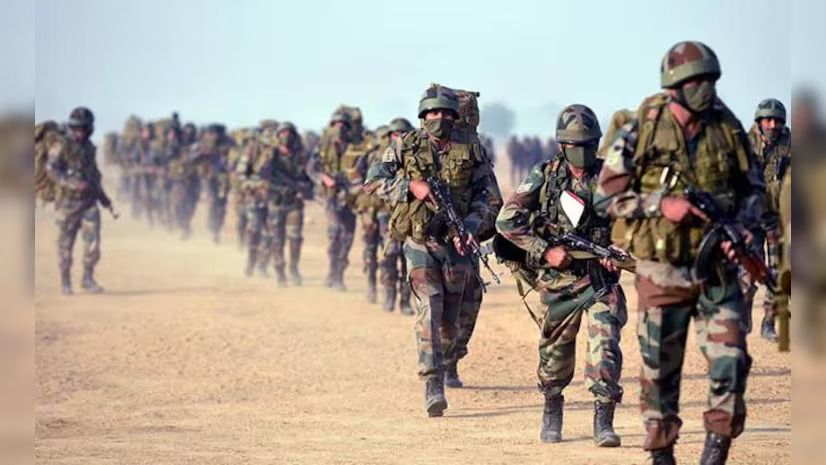On the night of July 15, once again, four Indian Army soldiers, including a major, were killed in a gunfight with terrorists in the Doda district of Jammu and Kashmir. This was the fifth encounter in Doda since June 12. Earlier, on July 8, there was an encounter in Kathua where five soldiers were killed and an equal number were injured.
Increase in Attacks
Since last year, there has been an increase in such attacks in the Jammu region, where small teams of two to three terrorists ambush army convoys or trucks carrying soldiers. In the past 32 months, 48 soldiers have been killed in the Jammu region alone. These attacks began in 2021 in the upper areas of Poonch-Rajouri and have since spread to other parts of Jammu, including Doda, Reasi, and Kathua, which were previously seen only in South Kashmir’s Shopian and Anantnag.
Terrorists Using Dense Forests
After crossing the Line of Control (LoC), these terrorists commonly reach the upper areas of Poonch, Rajouri, Doda, and Kathua, hiding in natural caves in the mountains. With the help of local guides, they choose locations where army retaliation is less likely. From these spots, they carry out ambushes, causing heavy losses. Examples include the attack on a bus carrying Hindu pilgrims in Reasi or the attack on an Indian Air Force convoy in Poonch on May 4.
Suspected Former Pakistani Commandos
These terrorists seem to be highly trained, possibly former commandos of the Pakistani Army’s Special Services Group (SSG), unlike local youths who take up arms due to misconceptions about the Indian state. They sustain themselves with limited external support, using local supporters and underground networks.
This is a carefully devised strategy by the Pakistani high command. They ensure that all attacks stay below the threshold that would provoke a large-scale Indian response, such as the ones seen in Uri or Balakot. By doing so, they aim to gradually weaken the Indian forces over time without triggering a severe military retaliation. This approach allows them to maintain pressure on Indian forces while avoiding major conflicts.
Challenges in Finding Terrorists in Large Forests
This strategy by the Pakistani command aims to divert Indian focus and resources to the Jammu region, providing an opportunity to repair and strengthen damaged terror networks. By doing so, they hope to revive the insurgency in Kashmir, which has weakened since the abrogation of Article 370. This diversion tactic allows terrorists to regroup and plan new attacks while drawing Indian forces away from other critical areas.
Deploying a large number of soldiers in this region might not be very effective because it is over 5000 square kilometers of hilly areas and dense forests, which provide natural cover for terrorists. Finding 30-40 terrorists in such a vast area is like searching for a needle in a haystack.
Need for a New Strategy
Instead of moving large numbers of soldiers, which might give terrorists more opportunities for ambushes, a different and more complex strategy is needed. This includes strengthening village defense guards, providing them with better weapons and training, and enhancing intelligence efforts to identify and eliminate local supporters and underground workers.
It should also involve directly targeting the terrorists, as argued before. Deep surgical strikes across the LoC, like the Uri operation, specifically targeting those who plan and facilitate these activities, should be conducted.
None of these measures can guarantee stopping these ambushes, but it will send a signal to the Pakistani army that there will be consequences, and India will not sit idle during these disturbances caused by terrorists.
